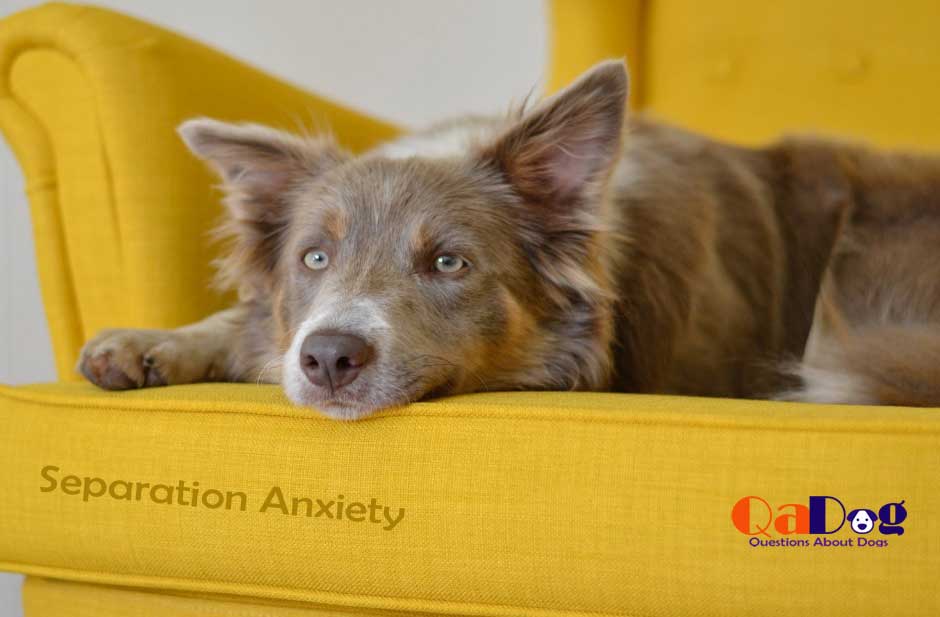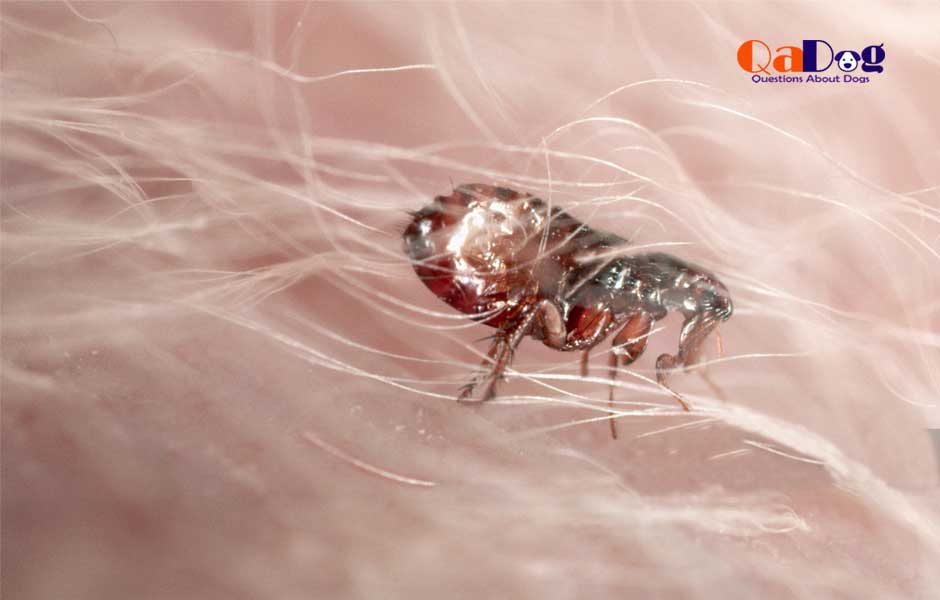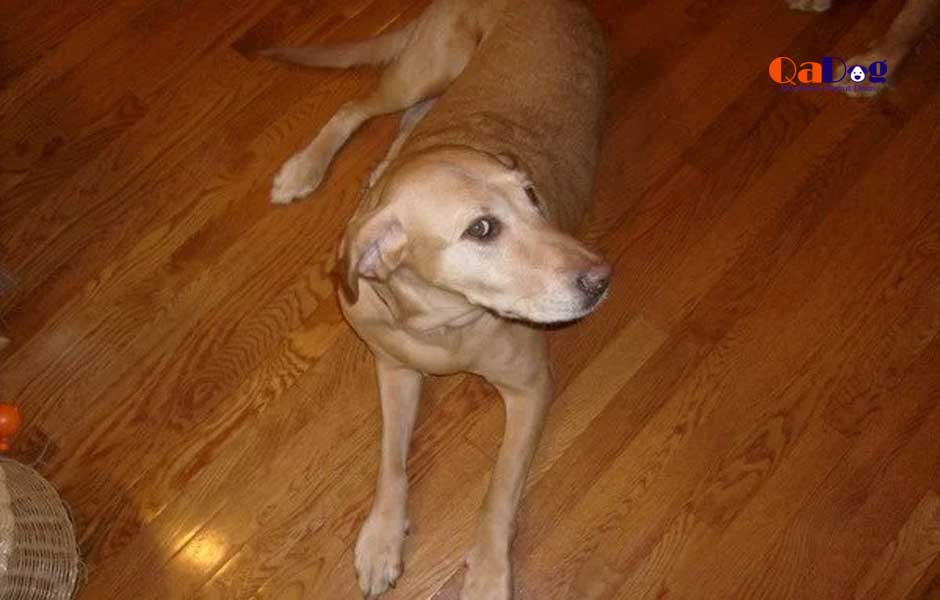Products are linked after in-depth research. From qualifying purchases, I receive commissions as an Affiliate Associate but with no extra cost to the buyers.
If you are a responsible dog owner, then giving your canine enough training in order to make him feel comfy inside a crate is very crucial. However, if you are dealing with his howling, then it may become a little bit challenging for you. If you desire to prevent your canine baby from howling, then you need to have a patient approach. You need to create an affirmative linkage of your furry buddy with the canine crate. Try to increase the comfort level of the crate with soft bedding, and try to give engaging toys and healthy treats. In such cases, in order to make the canine familiar with the crate, the gradual introduction is crucial. Let your canine do the exploration of the crate with the door open, and try to offer him treats or meals. The more you progress, the more you should try to extend the time with the door closed and reward your furry buddy for such type of behavior. If your canine is getting any type of anxiety or fear while being in the crate, fixing such issues with consistency is very important. By having a calm and understanding approach, you can easily prevent the howling of your canine inside the crate.
How Can You Prevent Your Fur Baby From Howling Inside A Crate?
Your canine can howl inside a crate due to different underlying reasons. If you want to stop your puppy from howling, then you should approach him with a patient and understanding attitude. Always try to begin by making your puppy familiar with the crate. If you can succeed in making him familiar with the crate, then a lot of your problems will be solved. Try to increase the level of comfort inside the canine crate by counting in extra soft as well as comfy bedding features. To encourage your puppy, you can also add some fun and engaging toys. Treats may help in making the crate appealing to your puppy. To gradually make your puppy familiar with the crate, keep the door of the crate open and let the canine explore on his own. Try to give positive reinforcement to your canine and associate the crate with him in a positive way by giving him meals inside the crate or offering him praises whenever he enters the crate.
Once your canine becomes comfortable with the crate, try to keep the door of the crate closed gradually over time. If your puppy is suffering from anxiety and stress inside the crate, then try to make him relaxed by providing reassurance. Never make any type of big fuss regarding his departure and arrival inside the crate. Let him enter and leave the crate according to his own wish. Moreover, in order to prevent the triggering of separation anxiety, you should try to keep him with you for a much longer period of time, compared to leaving him inside the crate. To ensure enough opportunities for your canine to play, do bathroom activities, and exercise, you should maintain a schedule for crate time. However, if your puppy starts to howl, then instead of letting him out of the crate immediately, you should open the door slowly after waiting for a moment. This will help him to understand that quiet and nice behavior leads to his freedom. To create a soft environment, you can use soft music for your puppy. To reduce any type of boredom, try to keep your puppy engaged with toys or treats inside the crate. To make your puppy comfortable inside the crate and effectively prevent it from howling, you need to approach your canine with the most understanding and positive attitude.
Understanding Why Puppies Howl in Crates
Usually, puppies howl in crates for various reasons. As a responsible dog owner, it’s very crucial to understand their behavior in such cases.
- Usually, if your puppy wants to communicate with you, then he may choose howling as a medium of communication. It helps him to express his loneliness and any type of anxiety.
- As he is in a new environment inside a crate, he may howl out of anxiety as he has to adapt to such a new environment. Suddenly, he can choose howling.
- Sometimes, in order to gain your attention, your furry buddy may howl. Simply to get your reassurance, asking for playtime, he can howl.
- Crates can lead to creating anxiety inside your puppy, which ultimately results in his howling. To reduce the stress, you can reward him with positive reinforcement like treats and gradual crate training.
- Due to boredom, your puppy may tend to howling. You should try to keep him engaged with toys and different fun activities in order to reduce his loneliness.
If you want to find effective solutions to your canine’s howling, then try to figure out the underlying reasons first.
Solving the Puppy Howling Puzzle: Step-by-Step Crate Training
If you want to solve the howling of your canine, then giving crate training is crucial. At first, try to make your canine familiar with the crate. If you are able to make it happen, then a lot of your problems will be solved. To introduce the crate as a positive space, you can offer positive reinforcements like treats or praises. Gradually make your canine familiar with the comfort and security of the crate. Don’t rush anything. Let your puppy do the exploration inside the crate for a shorter period of time in the beginning stage. After being accustomed to the crate, try to extend the crate duration time by offering rewards for the calm behavior of your furry buddy. Also, try to maintain a schedule for managing playtime, meals, bathroom breaks, and crate training.
Moreover, you should pay attention to the size of the crate in order to prevent your puppy from facing any type of discomfort. Never utilize the punch crate as a via of discipline or punishment. It might undoubtedly have a negative crash on the overall growth of your puppy. In order to make the crate more appealing, you can use engaging toys and treats. Expand the distance between the canine crate and you in a slow manner instead of rushing everything. Through positive reinforcements and a patient approach, proper crate training can be acquired, which is crucial in preventing your puppy’s howling.
Step-by-Step Crate Training Methods
To ensure the perfect crate training, you need to follow some steps.
- Select a crate that will provide your puppy with enough space. Your canine should be competent to stand, roll about, as well as lie down at ease.
- Make your canine familiar with the crate gradually by offering some positive reinforcements like treats and praises. You need to let him do the exploration.
- To make the crate more appealing, you should place fun toys and soft bedding. You might also be capable of delivering your furry buddy with an extra bit of comfort.
- Try to start with a gradual crate session. Extend crate time gradually as your puppy gets familiar with the crate. Always try to reward his calm behavior through treats and praises.
- In order to make adjustments to the crate, he maintains a proper schedule for meals, bathroom activities, and enough crate training.
- In order to maintain a positive association with the crate, always refrain from using it as a medium of punishing your canine.
Crate training is a work of patience. If you are able to approach your canine with patience, then you will definitely achieve positive results.
Customizing Your Puppy's Crate: Making it a Safe Haven
If you are able to associate your canine with crate training, then a lot of your problems will be solved. Now, to make the crate a safe haven for your canine, you need to have a thoughtful approach toward customization. In order to create a comfy environment, you should begin by adding comfortable bedding. To alleviate teething discomfort, try to keep toys that can be chewed, too. To have a positive association, slowly familiarize him with various affirmative reinforcements like treats as well as praise. Moreover, to promote a more secure den-like place, you can cover half of the crate with a blanket. You should pay attention to proper hygiene and ventilation to ensure maximum comfort for your furry buddy. To provide your canine with a better and more relaxing environment, try to place the crate in a quiet place. If you want to make a secure and safe haven for your puppy, then try to establish a safe relationship between your canine and crate through consistency. By fulfilling the needs of your canine, you are not only making the crate a safe haven but also providing perfect crate training. It will play a crucial role in ensuring the maximum development of your puppy, alongside preventing howling.
Effective Use of Positive Reinforcement
For developing a positive relationship between you and your canine, along with achieving the desired behavior, the effective use of positive reinforcements is very crucial. If you want to make your puppy associated with the crate, then the most fruitful way is to approach the puppy with positive reinforcement like treats and praises. With the help of such types of treats, affection, or praises, you will be able to encourage your puppy to adjust to the new environment of the crate and prevent any type of howling. Moreover, there is no alternative to timely reinforcements for strengthening the required behavior. You should also try to make the crate comfortable for your canine by adding soft bedding. Positive reinforcement, like treats and praises, will represent the canine crate more attractive and familiar to your fur baby. Besides, it will not only make him adjust to the crate but also help to increase his bond with you.
However, you should never use the crate as a medium for punishing your canine. Remember that, whatever you do, whether you give him crate training or take the help of positive reinforcements, your main priority should always be regarding the comfort and safety of your companion. This will allow you to prevent him from howling and also develop his overall growth.
Ultimate 5 Errors to Sidestep While Canine Crate Training
During crate training, you may make some mistakes, which can cause discomfort to your dog and ultimately result in howling. The top 5 mistakes that you are to avoid during crate training are given here.
- Selection of a crate that is imperfect according to the size of your canine is a very common mistake. You should select a crate that will offer enough spacious places to attain proper comfort for your puppy.
- You should not rush while introducing the crate to your canine because it may lead to negative associations. This is a very common mistake. A gradual and slow approach is very crucial in successful crate training.
- Never associate the crate with your canine for the purpose of punishment. This mistake can create a negative environment, which results in more howling. Your main purpose is to make the pup crate a secure paradise for your canine buddy.
- Due to irregular meals, bathroom activities, and crate training, your canine may find it difficult to adjust to the crate. So you should be regular and maintain a routine.
- If you fail to reward your canine for his positive behavior, then it may create a negative environment inside the crate for your companion. You should always give him positive feedback, like treats and praise for being calm inside the crate.
By avoiding these types of common mistakes, you can turn the crate training into a totally positive experience for you and your puppy and effectively prevent any sort of howling.
Managing Separation Anxiety: Tips to Reduce Puppy Howling
Sometimes, your canine may howl due to suffering from separation anxiety. Now, some tips for reducing puppy howling are given here.
- Don’t stay away from your canine for a long time at the beginning of crate training. Try to practice short absences, and the duration of absence shouldn’t be long.
- Always try to create a soft and comfortable place inside the crate, with the help of soft bedding, and create a comfy environment.
- In order to keep your puppy engaged in different fun activities during your absence, you should provide some toys, treats, or even puzzles.
- Try to modify the way of your departure, with cues like putting on shoes and finding the keys, in order to reduce the anxiety of your furry buddy.
- Maintain a daily crate training routine, which will help to reduce the anxiety level of your canine effectively.
- Practice alone time for your canine, even when you are at home, to encourage him to spend time inside the crate.
- Don’t forget to reward his calm and positive behavior with the help of positive reinforcements like treats and praises for achieving the most effective positive outcomes.
By implementing and following these tips properly, you can reduce your puppy’s anxiety and prevent him from howling effectively.
Maintaining Consistency and Staying Patient
Maintaining consistency and being patient in the realm of crate training and preventing the puppy from howling is very crucial. If you are consistent with the crate training and maintain a routine, then it will help to create a sense of security inside your puppy. You should consider the consistent use of a crate for daily activities like meals and comfortable rest, which will help you to associate the crate with your canine. There is no alternative to patience for handling howling behavior. It’s very crucial to prevent yourself from giving in to the howling demands of your puppy. If you are able to maintain your consistency in creating a positive environment by associating the crate with your canine, then it will play a massive role in preventing the howling of your furry buddy. Moreover, your puppy will be able to effectively take crate training without any sort of disturbance and abide by your commands. However, you should never rush into any type of crate training or make your canine associated with the crate. Because it can result in creating a negative environment that will ultimately result in more howling, so remember to always do everything with patience and consistency in order to achieve maximum welfare.
Wrapping It Up
To conclude, if you are looking forward to tackling your puppy’s howling in a crate, you need to approach him with patience, positive reinforcements, and obviously consistency. To make it a positive, comfortable, and safe environment for your canine, you should establish and maintain a routine during crate training. You should try to increase the crate time gradually by rewarding the calm behaviors and ignoring howling. Try to ensure that the crate is comfy for your canine, along with giving him toys and treats for being engaged. Moreover, regular exercise can contribute a lot to making your puppy a calmer one. However, it’s very crucial to avoid giving your canine punishments for his howling. Instead, you should focus on positive reinforcements in order to build a peaceful environment and have effective crate training for your canine.







